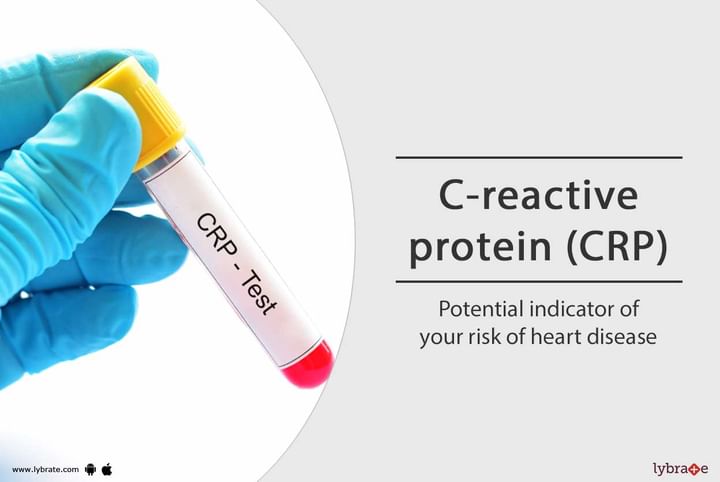C-reactive protein - An indicator of your risk for heart disease
C-reactive protein is a type of protein produced by the liver in response to an infection or inflammation. When your body contracts an infection, the white blood cells produce proteins to fight it. Some of these proteins activate the liver into producing C-reactive protein. For many years, the CRP blood level has been used to ascertain the level of infection or inflammation.
Assessing the Risk of Heart Disease with C-Reactive Protein
The level of CRP is a potential indicator of how likely you are to develop cardiovascular diseases. This is because the development of atherosclerosis is linked with inflammation within the walls of your blood vessel. This results in higher levels of C-reactive protein in atherosclerosis patients than in those without the disorder.
The greater the CRP levels, the more chances you have of being affected by cardiovascular disorders. The test also determines the risk of a second attack.
The value of knowing your CRP levels depends on whether you come under one of three cardiovascular risk groups.
-
High Risk – not important to know CRP because you should be combining lifestyle changes and aggressive treatment to reduce risk
-
Intermediate Risk – helpful to find out CRP levels, as it can provide vital information crucial in deciding the next line of treatment
-
Low Risk – even if your CRP levels are high, you will not be at risk – due to negligible risk factors and low cholesterol levels – that should require more than just lifestyle changes
To find out CRP levels you will have to take a blood test. C-reactive protein is classified into –
-
High – equal to or greater than 3
-
Intermediate – between 1 and 3
-
Low – below 1
If you are having a C-reactive protein test to check for heart diseases, your healthcare provider may recommend a cholesterol test as well. A number of other tests may also be prescribed to evaluate your risk further.


+1.svg)
